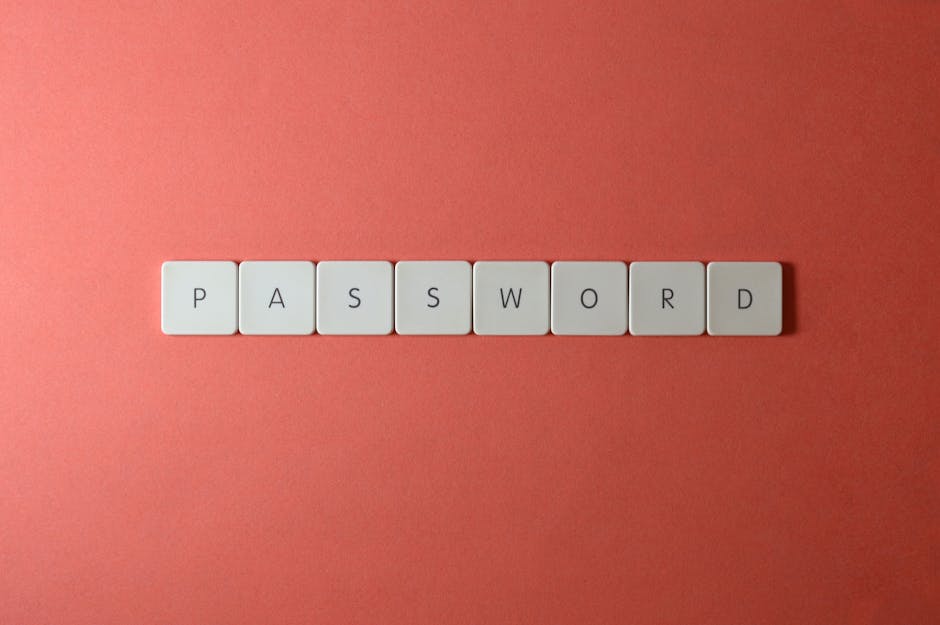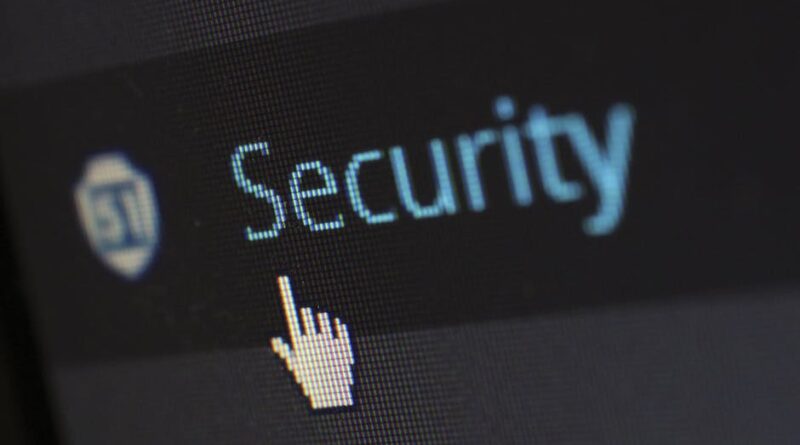Unlocking Security: Creating Effective Multi-Factor Authentication Systems
Welcome to the digital age, where cyber threats loom large and personal information is more vulnerable than ever. With the rise of online transactions, cloud storage, and remote work, the need for robust security measures has become paramount. Among the most effective ways to protect sensitive data is through multi-factor authentication (MFA) systems. In this comprehensive guide, we will delve into the world of MFA, exploring its intricacies, benefits, and best practices for implementation.
The Basics of Multi-Factor Authentication

Multi-factor authentication (MFA) is a security process that requires users to provide two or more different factors to verify their identity before granting access to a system or application. These factors typically fall into three categories:
1. Knowledge Factors
Knowledge factors are something the user knows, such as a password, PIN, or security question. While passwords are the most common knowledge factor, they are also the most vulnerable to hacking and phishing attacks. To enhance security, MFA systems often combine knowledge factors with other types of authentication.
2. Possession Factors
Possession factors are something the user has, such as a mobile phone, smart card, or security token. These physical devices provide an additional layer of security by requiring the user to possess the device in order to authenticate their identity.
3. Inherence Factors
Inherence factors are something the user is, such as biometric data like fingerprints, facial recognition, or iris scans. Biometric authentication has gained popularity due to its convenience and accuracy, as it is much harder for an unauthorized user to replicate someone’s unique biometric traits.
By combining two or more of these factors, MFA systems create a more robust and secure authentication process, significantly reducing the risk of unauthorized access.
The Evolution of Multi-Factor Authentication

While the concept of using multiple factors for authentication is not new, the technology and implementation of MFA have evolved significantly over the years. In the early days of computing, simple password-based authentication was the norm. However, as cyber threats became more sophisticated, the need for stronger security measures became apparent.
In the 1990s, the introduction of two-factor authentication (2FA) marked a significant step forward in security. By combining a password with a secondary authentication method, such as a security token or SMS code, 2FA provided an additional layer of protection against unauthorized access.
Today, MFA systems have become increasingly advanced, incorporating biometric authentication, adaptive security measures, and risk-based authentication. These systems are designed to adapt to the user’s behavior and the level of risk associated with a particular transaction, providing a seamless yet secure experience.
Benefits of Multi-Factor Authentication

Implementing a multi-factor authentication system offers a wide range of benefits for both users and organizations:
1. Enhanced Security
One of the primary benefits of MFA is enhanced security. By requiring multiple factors for authentication, MFA systems significantly reduce the risk of unauthorized access, data breaches, and identity theft. Even if one factor is compromised, the attacker would still need to bypass additional layers of security to gain access.
2. Improved User Experience
Contrary to popular belief, MFA does not have to be a cumbersome or time-consuming process. With advancements in technology, MFA systems can now provide a seamless and user-friendly experience. For example, biometric authentication methods like fingerprint or facial recognition are not only more secure but also more convenient for users.
3. Regulatory Compliance
Many industries, especially those dealing with sensitive information like healthcare, finance, and government, are subject to strict data security regulations. Implementing MFA not only helps organizations comply with these regulations but also demonstrates a commitment to protecting customer data and privacy.
4. Cost-Effective Security
While the initial investment in implementing MFA systems may seem significant, the long-term cost savings can be substantial. The cost of a data breach far outweighs the cost of investing in robust security measures upfront. By preventing unauthorized access and data breaches, MFA systems can save organizations millions in potential losses.
Best Practices for Implementing Multi-Factor Authentication

When implementing a multi-factor authentication system, there are several best practices to keep in mind to ensure its effectiveness and usability:
1. Choose the Right Factors
When selecting factors for authentication, consider the balance between security and user experience. While biometric authentication may offer the highest level of security, it may not be suitable for all users or situations. Choose factors that are both secure and convenient for your users.
2. Implement Adaptive Authentication
Adaptive authentication is a dynamic security process that adapts to the user’s behavior and the level of risk associated with a transaction. By analyzing factors like location, device, and behavior patterns, adaptive authentication can provide a more accurate and secure authentication experience.
3. Educate Users
One of the most critical aspects of implementing MFA is educating users about the importance of security and the role they play in protecting their data. Provide clear instructions on how to set up and use MFA, as well as best practices for creating strong passwords and protecting sensitive information.
4. Monitor and Analyze Authentication Data
Regularly monitor and analyze authentication data to identify any unusual patterns or anomalies that may indicate a security threat. By proactively monitoring authentication logs, organizations can quickly detect and respond to potential security incidents before they escalate.
Common Misconceptions About Multi-Factor Authentication
Despite the many benefits of multi-factor authentication, there are still some common misconceptions about its effectiveness and usability:
1. MFA Is Too Complicated
While MFA may have been perceived as complicated in the past, advancements in technology have made it much more user-friendly and accessible. Many MFA systems now offer seamless and intuitive authentication methods that are easy for users to adopt.
2. SMS-Based MFA Is Secure
While SMS-based authentication is better than using a password alone, it is not the most secure form of MFA. SMS codes can be intercepted or socially engineered, making them vulnerable to attacks. For higher security, consider using app-based authentication methods or hardware tokens.
Conclusion: Securing the Future with Multi-Factor Authentication
As the digital landscape continues to evolve, the need for strong security measures has never been more critical. Multi-factor authentication systems provide a reliable and effective way to protect sensitive data, prevent unauthorized access, and ensure a seamless user experience. By implementing best practices and staying ahead of emerging threats, organizations can secure their future in an increasingly connected world.
Remember, when it comes to cybersecurity, the best defense is a proactive one. Stay informed, stay vigilant, and stay secure.




